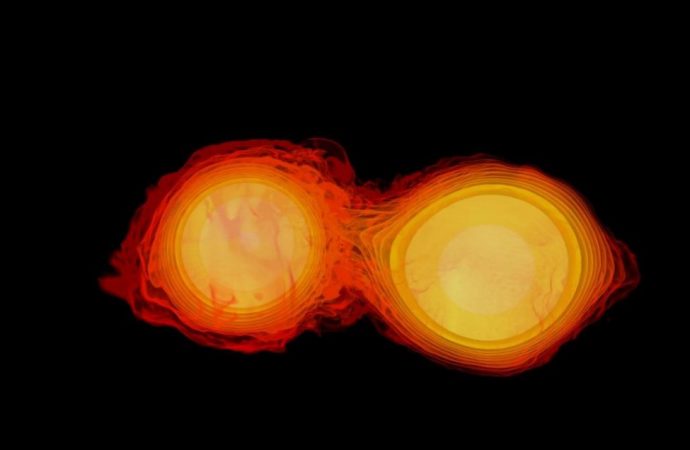For the first time, astronomers have observed black holes gobbling up neutron stars “like Pac Man.”
Source: UPI.com
Using both the Laser Interferometer Gravitational-Wave Observatory, LIGO, in the United States, and Italy’s Virgo gravitational-wave observatory, astronomers twice measured the gravitational waves produced when two faraway black holes swallowed neutron stars.
Scientists suggest the novel observations, detailed Tuesday in the Astrophysical Journal Letters, will aid the study of the space-time continuum and the building blocks of matter.
“These collisions have shaken the Universe to its core and we’ve detected the ripples they have sent hurtling through the cosmos,” study co-author Susan Scott said in a news release.
“Each collision isn’t just the coming together of two massive and dense objects. It’s really like Pac-Man, with a black hole swallowing its companion neutron star whole,” said Scott, a professor at Australian National University’s Center for Gravitational Astrophysics.
Though the collisions occurred more than a billion years ago, in the distant universe, they were powerful enough to send measurable reverberations speeding through the cosmos.
One collision event featured a black hole nine times more massive than the sun and a neutron star with a mass twice that of the sun. The other collision involved a black hole six times more massive than the sun and a neutron star with a mass 1.5 times that of the sun.
Astronomers have previously measured the space-time ripples produced by two colliding black holes and two colliding neutron stars.
“Now, we’ve completed the last piece of the puzzle with the first confirmed observations of gravitational waves from a black hole and a neutron star colliding,” Scott said.
After waiting years to detect such a collision, scientists observed two such events in the span of 10 days.
“Like the ripples from these two events, which have been felt a billion years later, these findings will have a profound impact on our understanding of the Universe for many years to come,” co-author Johannes Eichholz, researcher with the ANU Center for Gravitational Astrophysics, said in the release.
Source: UPI.com

































Leave a Comment
You must be logged in to post a comment.